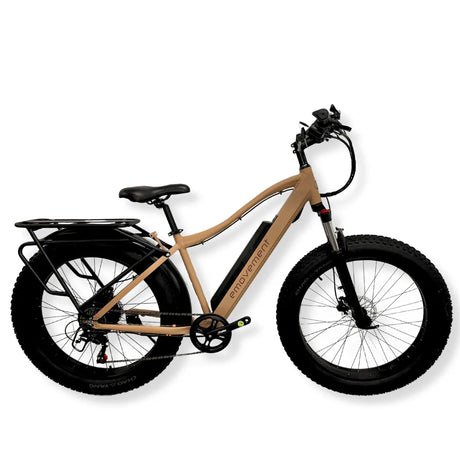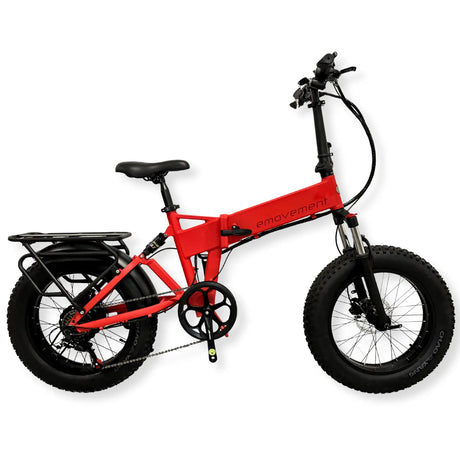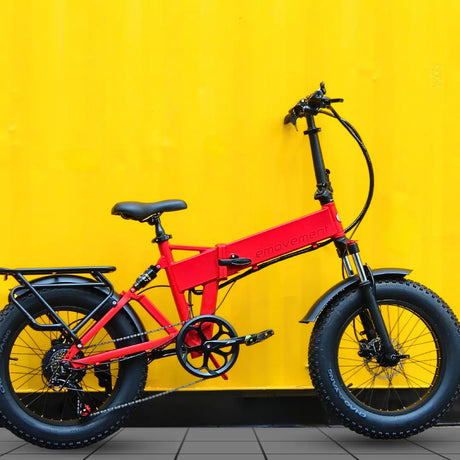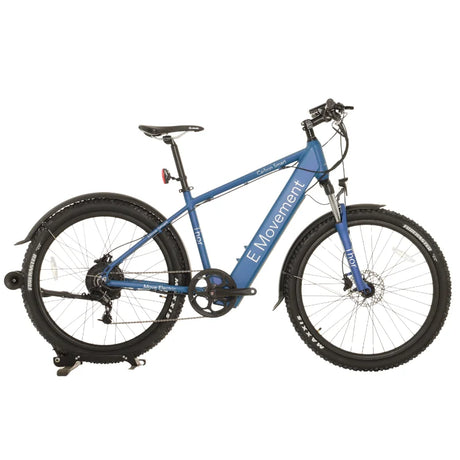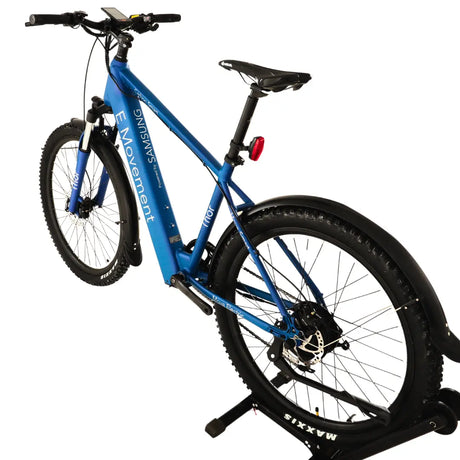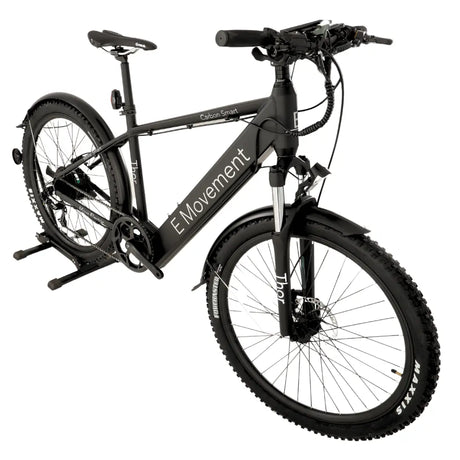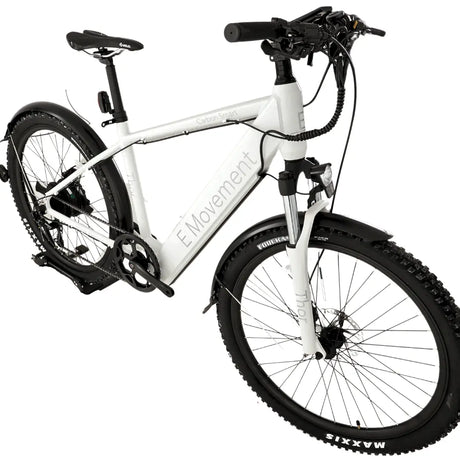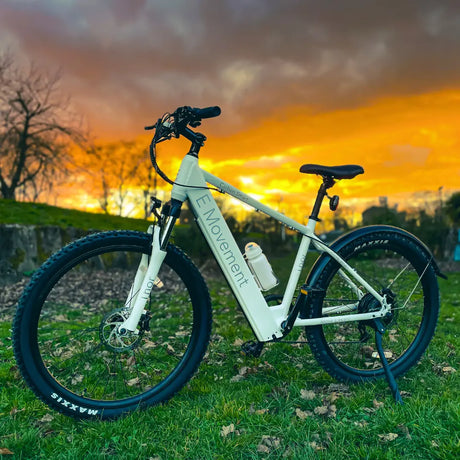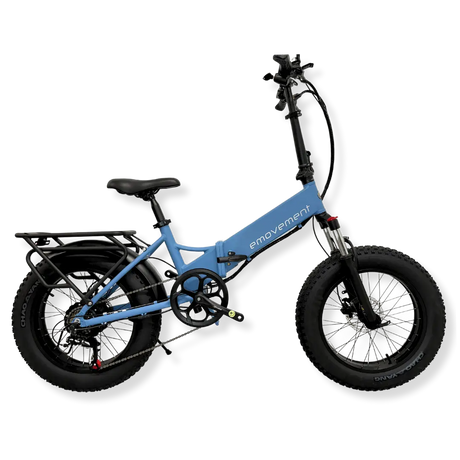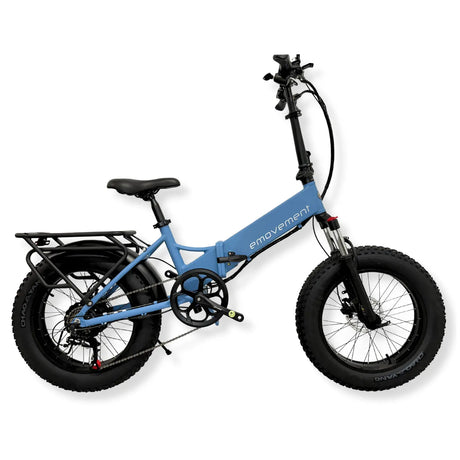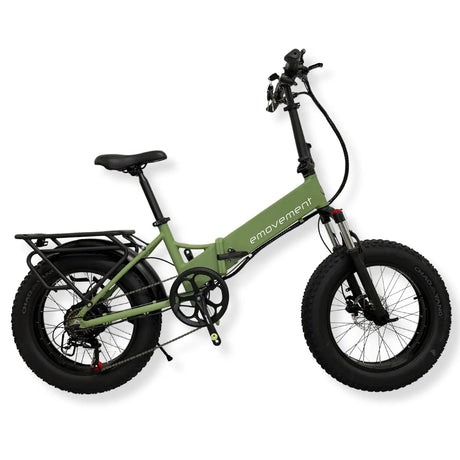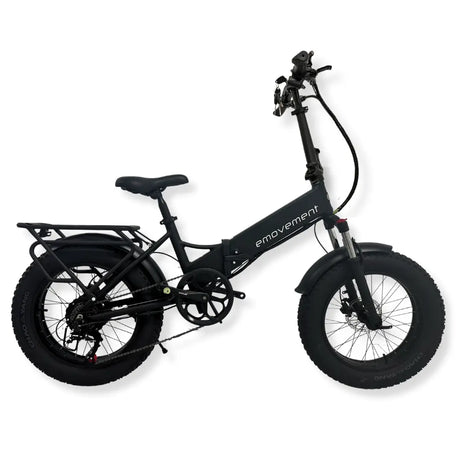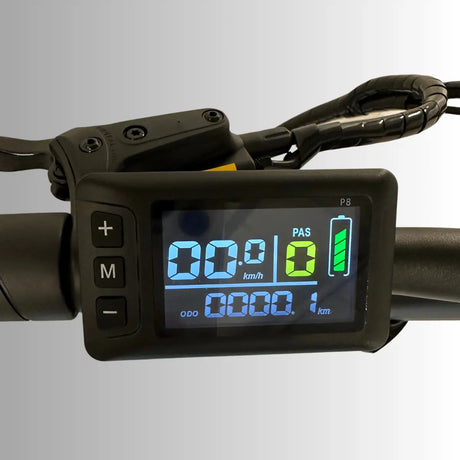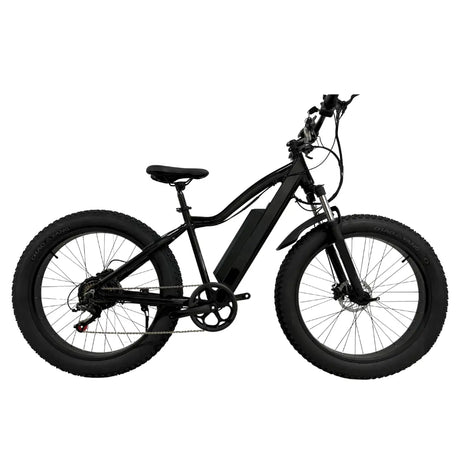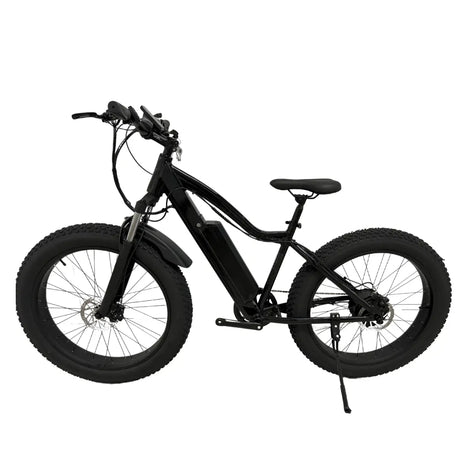Inside this Article:
- Understanding Your Electric Skateboard
- A. Familiarization With Electric Skateboard Components
- B. Unveiling the Mechanics of Electric Skateboards
- C. Recognizing Limits and Harnessing Capabilities
- Pre-Ride Safety Checks
- A. Assessing the Skateboard’s Condition
- B. Checking the Battery and Electrical System
- C. Verifying the Brakes and Wheels
- D. Regular Maintenance
- Safety Gear: Non-Negotiables for Every Rider
- A. Helmet: Protecting Your Brain
- B. Knee and Elbow Pads: Safeguarding Your Joints
- C. Wrist Guards: Preventing Wrist Injuries
- Choosing the Right Safety Gear: What to Look For
- Riding Techniques for Safer Electric Skateboarding
- A. Basic Riding Stance and Balance
- B. Safe Acceleration and Braking
- C. Turning and Maneuvering Techniques
- D. Practice Drills for Beginner, Intermediate, and Advanced Riders
- Mastering the Road: Safety Rules for Riding in Public
- A. Understanding Traffic Rules for Skateboarders
- B. Tips for Riding in Traffic and Populated Areas
- C. Nighttime Riding: Additional Precautions
- D. Weather Considerations: What to Do in Adverse Conditions
- Etiquette and Respect: Sharing the Road and Sidewalk
- A. Rights and Responsibilities of Electric Skateboarders
- B. Respecting Pedestrians and Cyclists
- C. Avoiding Common Conflicts and Issues
- Dealing with Accidents and Injuries
- A. Basic First Aid for Common Skateboard Injuries
- B. What to Do in Case of Serious Injuries
- C. Reporting Accidents: When and How
- Advocating for Safer Skateboarding
- A. Joining and Contributing to the Skateboard Community
- B. Promoting Safety Awareness and Responsible Riding
- Conclusion
- Frequently Asked Questions
- 1. What is the best safety gear for electric skateboarding?
- 2. How do I maintain my electric skateboard to ensure safety?
- 3. Is it safe to ride an electric skateboard in traffic?
- 4. What are some of the common electric skateboarding injuries and how can I avoid them?
- 5. How can I contribute to making electric skateboarding safer for everyone?
Electric skateboarding has definitely made a mark in recent times. Combining the latest in technology with the thrill of recreation, these boards are powered by electric motors, letting you glide smoothly on streets and trails. But no matter how cool they are, safety should always come first.
Donning proper safety gear is an absolute must if you want to skateboard, as these protective measures go beyond personal well-being: they contribute to fostering a broader safety culture within the skateboarding community. Keep reading as we provide a comprehensive guide on everything you should know about electric skateboard safety and safe riding techniques.
Understanding Your Electric Skateboard
It’s essential you understand vehicle’s anatomy deeper if you wish to embark on thrilling e-skateboard adventures. Beyond the wheels and deck, these boards comprise an intricate network of components that work harmoniously to provide dynamic and enjoyable rides.
A. Familiarization With Electric Skateboard Components
Getting acquainted with various electric skateboard components will help you grasp how your board operates:
- Motor and Drivetrain: The electric motor is a compact yet powerful device that propels riders forward, acting as the e-skateboard’s heart. In contrast, the drivetrain, consisting of belts or gears, transfers the motor’s energy to the wheels and enables movement.
- Battery Pack: An electric skateboard is powered by a rechargeable battery pack whose capacity and voltage influence range and speed. Understanding battery specifications helps riders gauge how far and fast they can ride before needing to recharge their e-board’s battery.
- ESC (Electronic Speed Controller) : Acting as an intermediary between the electric skateboard’s remote control and motor, the ESC interprets commands and adjusts the motor’s output accordingly. Learning how to effectively control the ESC is recommended to maintain a comfortable and safe riding experience.
B. Unveiling the Mechanics of Electric Skateboards
Electric skateboards, such as E-Movement’s Viper , can accelerate effortlessly due to their elegant yet simple mechanisms:
- Motor Activation: When you engage the remote control, a signal is sent to the ESC. The ESC then directs the motor to start spinning, translating electrical energy into mechanical motion.
- Power Transfer: As the motor turns, it rotates the drivetrain, which in turn propels the wheels. This transfer of energy from the motor to the wheels pushes the e-board forward.
- Braking Mechanism: Electric skateboards often feature regenerative braking. Upon decelerating or engaging the brake, the motor’s direction reverses and causes it to act as a generator. The generated electricity flows back into the battery, extending its life and conserving energy.
C. Recognizing Limits and Harnessing Capabilities
Although the allure of speed and distance is undeniable, electric skateboards are not without their limitations. Let’s take a look at an e-skateboard’s capabilities and limitations, so you can determine how to prolong your equipment’s lifespan and maintain safety guidelines.
- Maximum Speed: Every electric skateboard has a maximum speed limit it can achieve. Pushing the board beyond this limit may compromise stability and control, potentially leading to accidents.
- Range: The range of an e-board is determined by its battery capacity and the efficiency of its motor. When you’re aware of your skateboard’s range, you can plan your rides and prevent running out of power unexpectedly.
- Terrain Considerations: Different electric skateboards excel on different terrains. For example, some boards handle hills better than others, while certain models are designed for smooth city streets. Knowing your skateboard’s terrain compatibility ensures a smoother and safer ride.
A rider’s experience with their electric skateboard depends on how well they understand its intricate interplay of components, mechanics, and limitations. With this knowledge, you’ll be well-equipped to ride confidently, responsibly, and with a keen awareness of your skateboard’s capabilities.
Pre-Ride Safety Checks
Before embarking on the road with an e-board, it’s crucial to stick to a pre-ride safety routine. These essential checks not only ensure a seamless and enjoyable ride but also your safety. Here’s what to do before each ride:
A. Assessing the Skateboard’s Condition
Begin your pre-ride safety routine by carefully assessing the overall condition of your board:
- Deck and Trucks: A skateboard’s deck and trucks are integral to its stability and manoeuvrability. Take a close look at the deck for cracks, splinters, or signs of wear that could compromise your ride. Additionally, check whether the trucks are properly tightened to prevent wobbling or instability .
- Grip Tape: The grip tape on your skateboard deck helps maintain traction. Examine the grip tape for any areas that are worn out or peeling. A solid grip tape ensures that your feet stay firmly planted during your ride.
B. Checking the Battery and Electrical System
Proceeding forward with your pre-ride safety checks, turn your attention to the vital components that power your electric skateboard – the battery and electrical system:
- Battery Charge: Your journey’s success hinges on a well-charged battery. Before setting out, check the battery’s charge level and see if it aligns with the distance you plan to cover. In this way, you’ll avoid being stranded due to insufficient battery power.
- Wiring and Connections: An electric skateboard’s functionality is powered by its intricate wiring and connections. Look over them closely for any signs of damage, fraying, or exposed wires. Secure connections are essential to prevent sudden malfunctions.
C. Verifying the Brakes and Wheels
Next, focus on components that directly impact your control and safety, such as the brakes and wheels:
- Brake Responsiveness: One way to be safe while riding an e-skateboard is by controlling your speed and stopping on time. Test the brake responsiveness in a controlled environment before heading out. A smoothly engaging brake boosts confidence in handling various riding scenarios.
- Wheel Inspection: Your skateboard’s wheels are the interface between you and the road, so thoroughly inspect each wheel for wear, flat spots, or irregularities . Uneven wheels can compromise stability and manoeuvrability, impacting your ride quality .
- Wheel Tightness: Properly secured wheels are essential for a safe ride. Double-check the tightness of the wheel nuts to prevent wobbling or detachment during your journey.
D. Regular Maintenance
We also recommend investing your time and effort in regular e-board maintenance for your skateboard’s longevity and reliability:
Beyond the wheels and component s, examine the entire skateboard for loose screws. From trucks to hardware securing the deck, tightenin g all screws helps avoid unexpected accidents caused by component failure.
Additionally, a clean skateboard is a well-performing skateboard. Regularly wipe down the deck and components to remove dirt and debris . This simple practice maintains the grip tape’s effectiveness and results in smooth operation.
Carry out a visual sweep of your skateboard and look for any cracks, dents, or other damage that might compromise your safety. Addressing these issues promptly prevents further damage and ensures a secure ride.
When you incorporate these pre-ride safety checks into your routine, you can set a precedent for responsible electric skateboard riding. Additionally, if e-skateboard equipment is in optimal condition, riders can fully immerse themselves in thrilling adventures on rides while prioritizing safety.
Safety Gear: Non-Negotiables for Every Rider
Proper skateboard gear can make the difference between an exhilarating ride and a potential injury. We’ll now delve into the essential safety gear you should wear before every ride:
A. Helmet: Protecting Your Brain
Safeguarding yourself against head injuries is paramount, as these can potentially result in severe symptoms like memory loss, headaches, balance problems, and even death. You must invest in a top-quality helmet that’s certified for skateboarding and ensure it’s built to endure impacts. It should snugly fit on your head and cover your forehead adequately, offering comprehensive protection.
Remember, investing in a reliable helmet isn’t just about riding; it’s a commitment to your safety.
B. Knee and Elbow Pads: Safeguarding Your Joints
The twists, turns, and occasional tumbles of electric skateboarding put your joints at risk and the best way to avoid any injuries is by purchasing knee and elbow pads . These unassuming pads act as body armour, shielding you from scrapes, bruises, and more serious harm. Opt for pads that provide a comfortable fit without inhibiting your movement, ensuring they become your trusted companions on every ride.
C. Wrist Guards: Preventing Wrist Injuries
In the unfortunate event of a fall, an individual’s instinctive reaction might involve reaching out to break the fall. Since this reflex often leaves the wrists vulnerable to injury, wrist guards are excellent protective gear to mitigate wrist impact during falls. They reduce the likelihood of sprains or fractures.
Choosing the Right Safety Gear: What to Look For
A rider’s safety gear needs to fit perfectly and offer superior protection. Here’s what to look for when choosing the right gear:
- Fit: Your protective gear should neither be too loose, nor too tight. It should fit snugly, offering ample protection without impeding movement.
- Certification: Seek out safety gear that’s certified for skateboarding, as this guarantees that the gear meets rigorous impact protection standards and doesn’t compromise safety.
- Quality: Invest in reputable brands known for quality. Premium electric skateboarding gear not only enhances protection but also boasts durability to withstand the rigours of various terrains.
- Comfort: Opt for gear that strikes a balance between protection and comfort, so you’re more likely to wear it consistently and enjoy your riding experience.
- Coverage: It’s essential to invest in comprehensive coverage for the areas it’s designed to safeguard. A helmet should shield your entire head, knee pads should envelop your knees, and wrist guards should support your wrists fully.
As you gear up for your electric skateboard adventures, remember that safety gear isn’t just an accessory – it’s for risk mitigation and injury prevention. When selecting your gear, prioritise factors like fit, certification, quality, comfort, and coverage. By doing so, you can ride with confidence and joy, knowing you’re well-equipped to handle whatever the road brings your way.
Riding Techniques for Safer Electric Skateboarding
Mastering the art of electric skateboarding goes beyond just hopping on and cruising. Riders have to understand the nuances of balance, control, and manoeuvring to ensure a safe and enjoyable ride. In this section, we’ll look at some riding techniques that contribute to a safer and more fulfilling e-skateboarding experience:
A. Basic Riding Stance and Balance
The foundation of safe electric boarding lies in adopting the right riding stance and maintaining a solid balance:
- Stance: Stand with your feet parallel to each other, shoulder-width apart, on the deck. Try to make your front foot point forward with your back foot angled slightly across the deck for stability.
- Balance: Distribute your weight evenly between both feet, bending your knees slightly. This posture provides better control and stability, allowing you to respond to changes in terrain or speed more effectively.
- Foot Placement: Experiment with your foot positioning to find what feels most comfortable and secure. Some riders prefer their front foot closer to the edge, while others place it more centrally.
B. Safe Acceleration and Braking
Controlling your speed is essential for safety because smooth acceleration and controlled braking prevent sudden jerks that can lead to accidents:
- Acceleration: Increase the throttle power gradually to avoid sudden jerks. Applying too much acceleration too quickly can lead to a loss of balance or unexpected speed gains.
- Braking: Gently apply the brakes using the remote control to gradually reduce your speed. It’s in your best interest to avoid slamming on the brakes abruptly, as this can result in loss of control.
- Weight Distribution: When accelerating or braking, shift your weight slightly forward or backwards, respectively. This technique helps maintain stability and control during speed changes as it opposes inertia.
C. Turning and Maneuvering Techniques
Turning and manoeuvring with finesse adds a layer of control to your rides, enhancing safety and agility:
- Carving: Carving involves leaning into your turns by shifting your body weight. This technique not only helps you navigate corners smoothly but also maintains stability by opposing centrifugal forces that seek to oppose the turning motion.
- Wide Turns: For broader turns, shift your weight to your heels or toes while leaning in the direction of the turn, so you have more control without compromising balance.
- Tight Turns: To execute tighter turns, use your shoulders and upper body to initiate the turn. Lean into the direction you want to go while maintaining a balanced stance.
D. Practice Drills for Beginner, Intermediate, and Advanced Riders
Regardless of your skill level, consistent practice is key to improving your riding skills and building confidence:
- Beginner Drill: Along with safe riding techniques, practice basic manoeuvres in an open area. Focus on starting, stopping, and turning. Gradually increase speed as you become acquainted with your board.
- Intermediate Drill: Work on more advanced turns and controlled braking. Experiment with different foot positions to understand their impact on balance.
- Advanced Drill: Challenge yourself with tighter turns, quicker acceleration, and more controlled braking. Don’t hesitate to ride on different terrains to enhance adaptability.
- Emergency Stops: You should test out abrupt stops in a controlled environment before taking your e-board out onto the roads or off-road trails. This skill can be invaluable in avoiding obstacles or unexpected situations.
Riding an electric skateboard safely requires practice, patience, and a commitment to honing your skills. If you master the basic riding stance, safe acceleration and braking techniques, nuanced turning manoeuvres, and practice drills tailored to your skill level, you’ll be able to navigate various riding scenarios securely.
Mastering the Road: Safety Rules for Riding in Public
Transitioning from secluded paths to bustling streets requires a heightened level of vigilance and adherence to safety protocols. Let’s consider some crucial safety rules that every electric skateboard rider should embrace when venturing into public spaces:
A. Understanding Traffic Rules for Skateboarders
To navigate public roads, both vehicles and skateboarders require a keen awareness of traffic rules. Before proceeding, remember that electric skateboards have high-powered motors, and are illegal to electrically operate on roads. You can only use them when they’re powered off on pavements.
We will now explore how these rules ensure safe coexistence with other vehicles and pedestrians on the streets:
- Traffic Laws: Like pedestrians and cyclists, skateboarders must respect traffic rules. Abide by signals, halt at intersections, and yield to pedestrians – a vital code for shared road usage.
- Use Bike Lanes: Whenever available, opt for designated bike lanes or pathways. This choice minimizes conflicts with other road users, fostering a smoother flow of traffic.
- Stay Visible and Predictable: Maintaining visibility is crucial to avoiding accidents. Wear bright clothing, reflective gear, or even attach lights to your skateboard when riding during low-light conditions. Additionally, strive to stay on a predictable path, so other road users can anticipate your movements and react appropriately.
- Avoid Distractions: Distractions can be dangerous for skateboarders. Avoid using headphones or looking at your phone while riding, as these actions can take your focus away from the road and increase the risk of accidents.
- Observe Pedestrian Etiquette: Sidewalks are often shared spaces with pedestrians. Give them ample space, and slow down when passing by, as this courteous behaviour helps create a harmonious environment for all road users.
B. Tips for Riding in Traffic and Populated Areas
As you venture into more populated areas, adopting strategies for navigating traffic becomes paramount. Here are some practical insights for a safer ride:
- Visibility: Enhance your visibility with safety gear for electric skateboarding, particularly in conditions with limited light. We recommend ensuring you’re easily spottable by drivers and pedestrians.
- Predictable Movements: Maintain a consistent riding pattern. Use clear hand signals to indicate turns and avoid abrupt changes in direction, so others can anticipate your movements and don’t run into you.
- Eye Contact: At intersections, establish eye contact with drivers and pedestrians. This simple yet effective action confirms mutual acknowledgement and reduces the risk of misunderstandings.
- Avoid Rush Hour: If possible, avoid riding during rush hour or peak traffic times. The roads are likely to be more congested, increasing the potential for accidents.
- Stay Calm and Confident: Riding in traffic can be intimidating, but maintaining a calm and confident demeanour is key. Avoid sudden movements, ride at a comfortable speed, and trust your skills.
C. Nighttime Riding: Additional Precautions
Nighttime riding adds an extra layer of complexity, so keep reading as we delve into the precautions riders should take at this time:
- Lights and Reflectors: Illuminate the front and rear of your board, and attach lights to your helmet and attire. Reflective tape further enhances visibility, enabling you to be noticed from afar.
- Well-Lit Routes: Opt for well-lit paths whenever possible. Familiarize yourself with the terrain during nocturnal journals to anticipate and navigate potential obstacles.
- Travel with Others: Riding with a friend or a group can increase visibility and safety. Just like cycling in groups, the increased presence is more noticeable to drivers.
- Stay Aware of Surroundings: Listen for engine sounds and other auditory cues that can indicate the presence of vehicles. Your ears can provide valuable information in low-light conditions.
- Carry Essentials: Have a small flashlight, spare batteries, and basic tools with you in case you need to address any issues while riding at night.
- Know Your Limits: If you’re not comfortable with nighttime riding or the conditions feel too challenging, it’s okay to wait for daylight. Your safety always comes first.
D. Weather Considerations: What to Do in Adverse Conditions
Adverse weather conditions require a shift in riding strategy. Let’s take a look at how to adapt your riding technique to challenging weather scenarios:
- Rain and Wet Roads: Wet surfaces are detrimental to traction and control. Navigate cautiously, reduce speed, increase the distance between yourself and other vehicles, and avoid sudden manoeuvres on wet roads.
- Wind: Strong winds impact stability. Maintain a lower stance and employ your body to counterbalance against gusts, ensuring a controlled ride.
- Extreme Temperatures: Dress appropriately and stay hydrated in extreme heat or cold. Comfort and performance hinge on suitable attire and maintaining hydration levels.
When you follow traffic rules, navigate populated areas with care, take extra precautions during nighttime rides, and adapt to adverse weather conditions, you’re contributing to the well-being of all road users. Remember, the journey is enriched when everyone is committed to safe and harmonious road interactions.
Etiquette and Respect: Sharing the Road and Sidewalk
Safely steering around the intricate landscape of shared spaces requires more than just your electrical skateboard’s technical prowess. It entails a deep understanding of etiquette, respect, and responsible behaviour. In this section, we’ll explore key principles for harmonious coexistence on both roads and sidewalks.
A. Rights and Responsibilities of Electric Skateboarders
Every electric skateboard rider has certain rights for their protection along with responsibilities to follow while on the road:
- Understanding Road Rights: As e-skateboarders, you have the right to access certain spaces, including bike lanes and designated paths. However, this right is intertwined with the responsibility to adhere to traffic rules and prioritise safety for all road users.
- Responsible Speeds: Avoid travelling at excessively high speeds, especially in areas with heavy pedestrian traffic. Adjust your pace to ensure a safe and comfortable environment for everyone.
- Interaction with Vehicles: While you have the right to share the road with vehicles, ensure that you’re visible to drivers and maintain a consistent path to avoid sudden movements.
- Yield to Pedestrians: Recognise that pedestrians generally have the right of way on sidewalks. Yield to them and be prepared to adjust your speed or direction to ensure their safety and comfort.
B. Respecting Pedestrians and Cyclists
Electric skateboarders should be mindful of the following rules while sharing pathways with pedestrians and cyclists:
Sidewalks are primarily designed for pedestrians . When on a sidewalk, proceed with caution and slow down significantly when passing pedestrians. Similarly, you must exercise extra caution at pedestrian crossings. Yield to pedestrians who want to cross before proceeding, so they can do so safely.
If you regularly share bike lanes or paths with cyclists, communicate your presence with a bell or a polite verbal signal. Coordinate with them to ensure a smooth traffic flow. If you’re passing a cyclist or pedestrian, do so at a controlled speed and with ample space.
C. Avoiding Common Conflicts and Issues
Since e-skateboarders have to deal with community spaces, signals, and various speeds, learning conflict avoidance tips is helpful:
- Speed Control: Keep your speed in check, especially in crowded areas. High speeds can lead to accidents and escalate conflicts.
- Announce Your Presence: Use a bell or vocal signal to alert pedestrians and cyclists when approaching from behind. This simple act prevents surprises and potential accidents.
- Obey Signals: Follow traffic signals and stop signs, just like any other road user. Ignoring these signals can lead to confusion and hazardous situations.
- Public Spaces: Don’t ride your electric skateboard in areas where skateboarding is prohibited or discouraged. Respect local and national regulations to maintain positive relationships within the community.
By embracing these etiquettes, you can contribute to a safer and more enjoyable environment for everyone. Keep in mind that sharing the road and sidewalk is not only about legal rights but also about creating a culture of mutual understanding and harmony. As an electric skateboarder, your actions shape the perception of your community and impact the experiences of those around you.
Dealing with Accidents and Injuries
Even with the utmost caution, accidents can happen. Being prepared to respond to injuries, whether minor or serious, is a critical skill every e-board rider should possess. Here are some essential steps to take in the event of accidents and injuries:
A. Basic First Aid for Common Skateboard Injuries
When accidents occur, knowing how to provide basic first aid can make a significant difference in preventing complications. Skateboarding first aid steps for different injuries include:
- Scrapes and Abrasions: Clean the wound with mild soap and water. Apply an antiseptic and cover it with a sterile bandage or dressing to prevent infection.
- Sprains and Strains: Rest, ice, compress, and elevate (RICE) the affected area. This reduces swelling and accelerates healing. If the pain persists, seek medical attention.
- Minor Cuts: Clean the cut, apply direct pressure with a clean cloth to stop bleeding, and cover it with a sterile bandage. You should monitor the cut for signs of infection.
B. What to Do in Case of Serious Injuries
In critical situations that result in serious injuries, being prepared is essential:
- Fractures or Broken Bones: Immobilize the injured area using a splint or any available support, and seek immediate medical assistance. Do not attempt to set the bone yourself.
- Head Injuries: If there’s a possibility of a head injury, such as a collision or fall, seek medical attention immediately. Even seemingly minor head injuries can have serious consequences.
- Severe Bleeding: Apply firm pressure using a clean cloth or bandage to control bleeding. In the case that bleeding doesn’t stop or is profuse, call your doctor.
C. Reporting Accidents: When and How
Knowing how to report accidents is crucial for legal and safety reasons. If you get into an accident, you should:
- Assess the Situation: Evaluate the severity of the accident and your injuries. If needed, call for medical assistance or emergency services.
- Exchange Information: In the situation that an accident involves other parties, exchange contact and insurance information. This is important for any potential legal or insurance claims.
- Document the Scene: Take photos of the accident scene, including any damage to property or injuries because documentation can be valuable if someone makes false claims or for insurance purposes.
- Report to Authorities: For significant accidents, like collisions with vehicles, it’s important to report the incident to local law enforcement.
With the knowledge of basic first aid for common injuries, riders can handle unexpected situations with composure. Safety should always be a top priority; knowing how to respond effectively can make a significant difference in minimising the impact of accidents and ensuring the well-being of all parties involved.
Advocating for Safer Skateboarding
Safer motorized skateboarding is not only about personal responsibility and also helps create a collective culture of safety. You can actively contribute to the promotion of safer skateboarding practices within your community by adopting the following practices:
A. Joining and Contributing to the Skateboard Community
Being part of a community amplifies your impact. Learn how your involvement can make a difference in promoting safety within the skateboard community:
- Community Engagement: Connect with fellow skateboarders through local clubs, online forums, and social media groups. Here, you can engage in discussions about safety concerns and share your experiences.
- Participate in Events: We also recommend attending local skateboard events, workshops, and meet-ups. These gatherings provide opportunities to learn from others, exchange safety tips, and develop a sense of companionship.
- Collaborative Projects: Join or initiate projects aimed at improving skateboard safety. Collaborate on creating informative content, organizing safety workshops, or advocating for better skateboard infrastructure.
B. Promoting Safety Awareness and Responsible Riding
Safety awareness and responsible riding benefit everyone. Let’s consider how you can be a proactive advocate for safer skateboarding practices:
- Educational Initiatives: Organize safety workshops or seminars within your community. Cover topics like safe riding techniques and the importance of protective gear to raise awareness and educate fellow skateboarders.
- Online Presence: You can leverage social media platforms to share safety tips, riding videos that showcase responsible practices, and informative articles about skateboard safety.
- Lead by Example: Demonstrate responsible riding practices whenever you’re out on your electric skateboard. Don’t hesitate to wear appropriate safety gear, obey traffic rules, and be respectful to other road users.
- Advocacy Efforts: Collaborating with local authorities to advocate for safer skateboard infrastructure is in your best interest. This might include lobbying for dedicated skate lanes, improved signage, or designated skateboard parks.
If you actively participate in the skateboard community and advocate for safer practices, you’ll notice a positive shift in the overall skateboarding culture. A commitment to safety not only ensures your own well-being but also inspires others to embrace responsible riding habits.
Conclusion
The key to ensuring electric skateboard or longboard safety boils down to active community involvement and taking the necessary precautions. Becoming a part of the skateboard community and spreading awareness about safety is crucial for creating a secure and comfortable riding environment.
Once you find the right balance between enjoying electric skateboarding and advocating for responsible practices, you can enjoy thrilling rides everywhere with a responsible touch and help others do the same.
Frequently Asked Questions
1. What is the best safety gear for electric skateboarding?
When it comes to safety gear, prioritize a well-fitting helmet, knee and elbow pads, and wrist guards. These are e-skateboarding essentials that offer crucial protection for your head, joints, and wrists, reducing the risk of serious injuries in case of falls.
2. How do I maintain my electric skateboard to ensure safety?
Regular maintenance is key to ensuring safety, so keep an eye on your skateboard’s components, check the battery and electrical system, and verify the condition of the brakes and wheels. Routine maintenance enhances safety and prolongs the life of your skateboard .
3. Is it safe to ride an electric skateboard in traffic?
Riding in traffic requires heightened caution. We recommend obeying traffic rules, signalling your intentions clearly, and riding predictably. Wear reflective clothing and equip your skateboard with lights to boost visibility, especially during low-light conditions.
Remember that many electric skateboards have high-powered motors that are illegal to use on roads . If you want to use your electric skateboard on the road, make sure to use it with its power turned off .
4. What are some of the common electric skateboarding injuries and how can I avoid them?
Some common electric skateboarding injuries include abrasions, sprains, and fractures. To avoid them, always wear protective gear, practice safe riding techniques, and gradually progress to more advanced manoeuvres as you gain experience. Learning how to fall safely can also minimize the impact of accidents.
5. How can I contribute to making electric skateboarding safer for everyone?
You can make e-boarding No by joining the skateboard community and promoting safety awareness. Share your knowledge about safe riding techniques and encourage others to adopt responsible practices. Collaborate on safety projects, engage in discussions, and be a role model for responsible riding.




